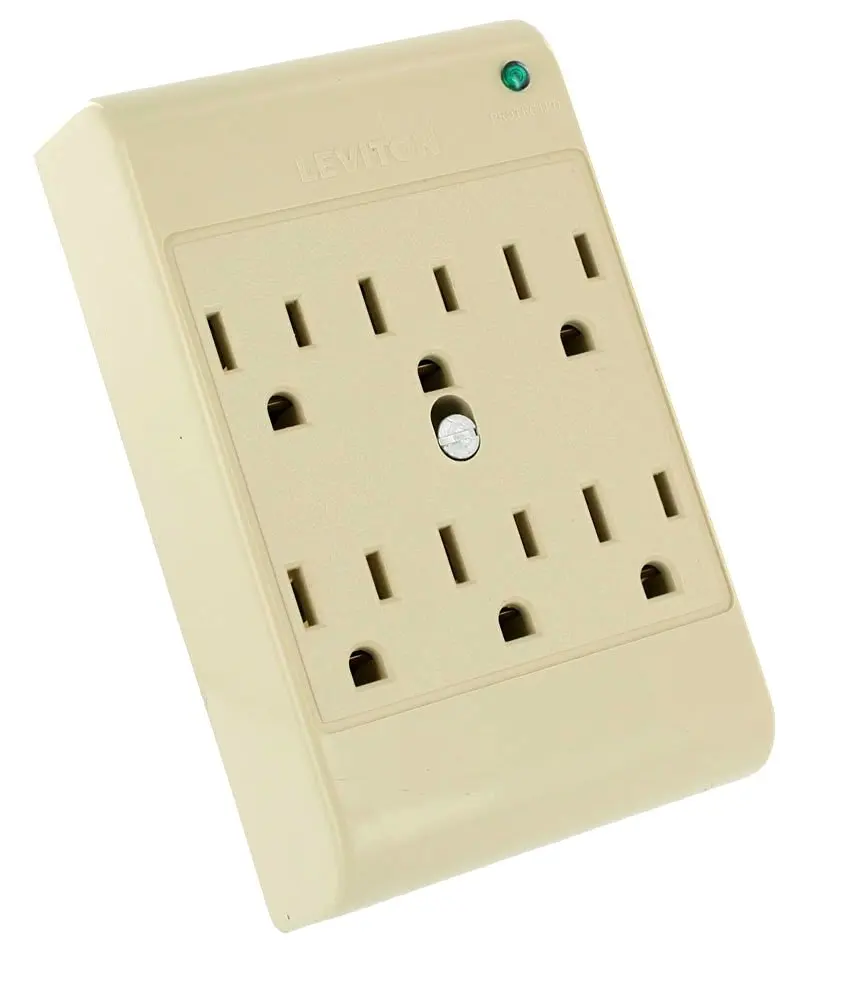

We tap into this immense reservoir of zero voltage by driving a metal rod into the earth and attaching the other end of that bare copper wire to it. You can add to it and draw from it and it doesn't make a bit of difference in the charge just as you could pump water into or out of the ocean all day and not change its level. Think of the earth as an ocean of electrons.

So we attach a bare copper wire to the neutral bar in the circuit breaker box to drain off any residual charge and pull the bar to the same voltage of the ground, which is zero. After all, without a reference, how does the circuit "know" where zero volts is? This voltage can get quite high and can shock you pretty badly so it needs a reference at zero to drain off the extra charge that trickles into the circuit and one that "pulls it to zero". If the circuit is well insulated from the environment, the circuit can begin to build a voltage of it's own, just because it is exposed to voltages on the wires. This is not a completely accurate analogy because unlike electricity, water doesn't need a return path to the pump, but otherwise the principles are very similar. The pump provides the pressure (voltage) and the can (neutral) provides a place for the water to go and come from.
240 volt receptacle full#
Think of it like a piston water pump pulling or pushing water through a tube into a can full of water. So although the neutral carries current, it is not supposed to have a voltage other than zero. The neutral is a path for the "pushed or pulled" current to return. The hot wire (black or red, typically) is the "pump" that pushes or pulls. With AC current, the voltage changes direction 60 times per second (60 hertz) in the US and 50 hertz in Europe. Since these circuits only include half the coil, the voltage is also half (E s = E pN s/N p). You can also get a complete circuit, though it's only through half of the coil. If you connect a load between one of the ungrounded conductors, and the grounded (neutral) conductor. If you connect a load between the two ungrounded legs of the circuit, you can see how you have a complete circuit through the coil.

If a device needs both 120V and 240V, then two ungrounded (hot) conductors and one grounded (neutral) conductor must be used. If a device runs on 120V, one ungrounded (hot) conductor and one grounded (neutral) conductor are needed. Therefore, if a device requires only 240V, only two ungrounded (hot) conductors are required to supply the device. The grounded (neutral) conductor is connected to the center of the coil (center tap), which is why it provides half the voltage. The transformer actually steps down the voltage to 240 volts, so the two legs are a complete 240 volt circuit. In a 120/240V single split phase system, the two ungrounded (hot) legs are actually connected to the secondary winding of the distribution transformer.


 0 kommentar(er)
0 kommentar(er)
